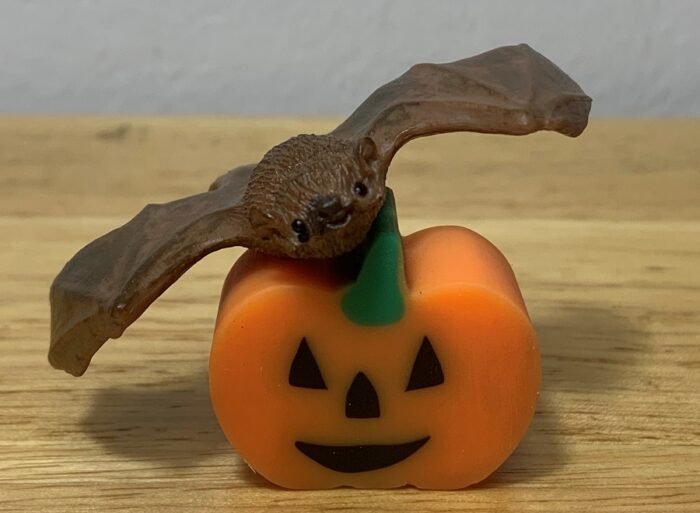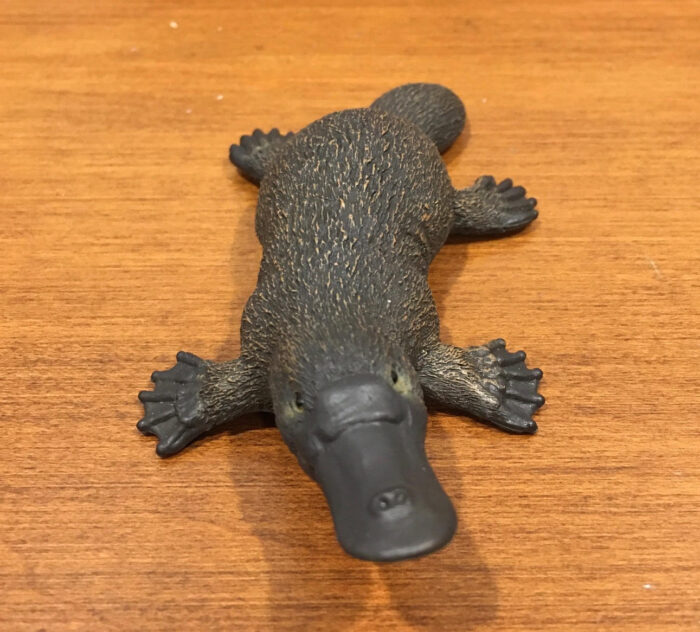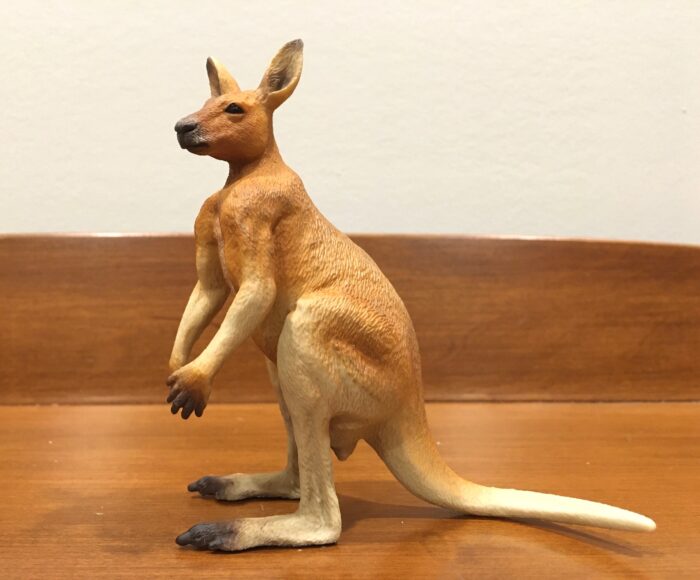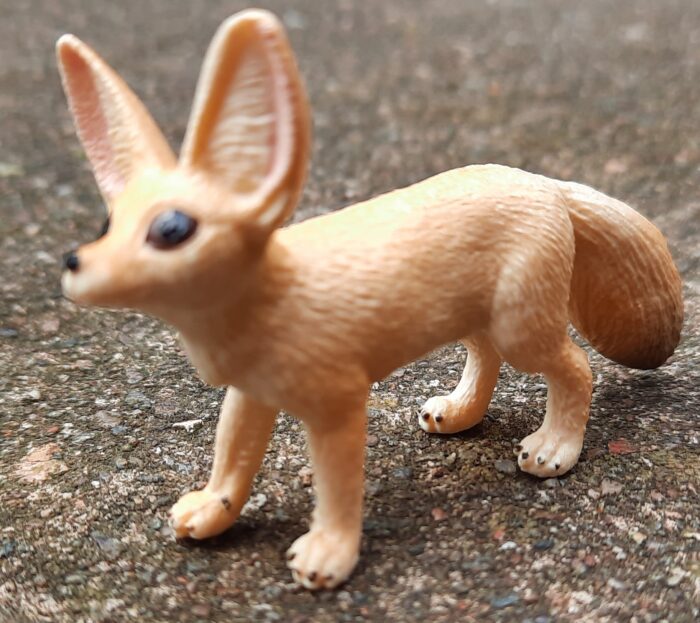Review and images by Suspsy; edited by bmathison1972
Wolves (Canis lupus) are burdened with an unjustly sinister reputation for a variety of reasons and one is the centuries-old myth of werewolves. One most frightful tale is that of Peter Stubbe, ‘the Werewolf of Bedburg.’ In 1589, he confessed under torture to having received a wolfskin belt from the Devil that allowed him to transform into “the likeness of a greedy, devouring wolf, strong and mighty, with eyes great and large, which in the night sparkled like fire, a mouth great and wide, with most sharp and cruel teeth, a huge body, and mighty paws.” I will not go on to describe the many horrific crimes Stubbe committed, or the equally horrific punishment that was meted out to him on October 31, but suffice it to say, you shouldn’t read the entire story if you’re squeamish.















